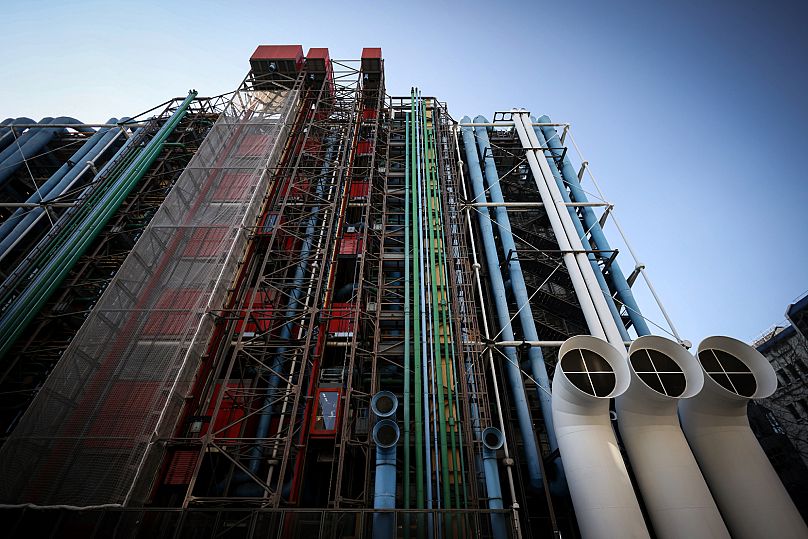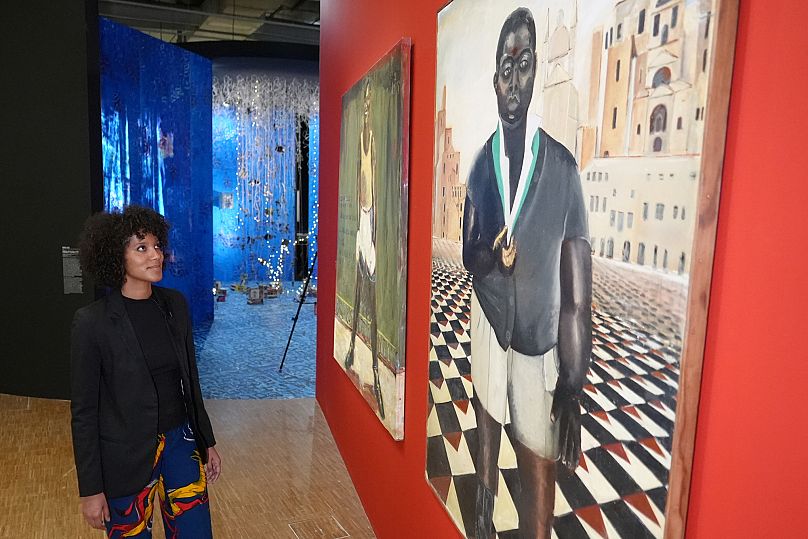 ADVERTISEMENT
ADVERTISEMENT The Pompidou Center, one of Paris’ most radical and beloved cultural institutions, is preparing to shut its doors this autumn for a major five-year renovation.
The renovation will see asbestos removed from all facades, major fire safety upgrades, and entire floors reconfigured – including the creation of a new level dedicated to children.
Its vast collection of modern and contemporary masterpieces will be dispersed across museums in Paris, throughout France, and beyond.
Work is set to begin by the end of 2025, with a grand reopening planned for 2030.
The building that broke the rules and caused a scandal
With its unconventionally exposed pipes and skeletal escalators crawling across the exterior, the Pompidou was once considered an architectural scandal.
Early critics mockingly dubbed it the “Notre-Dame of the Pipes,” appalled by its defiant break from the orderly elegance of Haussmannian Paris.
But over time, the building – designed by then-unknown young architects Renzo Piano and Richard Rogers and opened in 1977 – won over the hearts of the public.
Commissioned by and named after President Georges Pompidou – who died before its completion – the building was born from his radical vision: a place where art and life would collide, and where disciplines from painting to performance could coexist under one roof.
Today the Pompidou holds more than 120,000 works of modern and contemporary art, featuring iconic pieces by Louise Bourgeois, Frida Kahlo, Joan Miró, Marcel Duchamp, Marc Chagall, and many more.
No wonder it’s such a hit. In 2024 alone, the centre drew over 3 million visitors, making it one of Paris’ most visited institutions – second only to the Louvre (8 million) and the Musée d’Orsay (3.7 million).
This year, the institution staged one of its most ambitious and politically resonant shows in recent memory. Titled Paris Noir, the exhibition (which ran until late June) traced the rich, too-often overlooked contributions of Black artists from Africa, the Americas, and the Caribbean who lived in or passed through Paris between 1950 and 2000.
With over 150 artists – from Wifredo Lam to Luce Turnier, Beauford Delaney to Agustín Cárdenas – the show was a sweeping and visually powerful re-mapping of post-colonial modernity.
Now, the final major show before the Pompidou’s shutdown is a sweeping retrospective of German photographer Wolfgang Tillmans. Sprawled across what used to be the public library, the show brings together over three decades of work by the Turner Prize-winning artist, widely regarded as one of the most influential photographers of his generation.
Titled Nothing could have prepared us – Everything could have prepared us, the retrospective showcases his wide-ranging approach to image-making across portraiture, still life, architecture, documentary photography, and abstraction.
The Wolfgang Tillmans retrospective runs until 22 September 2025.







